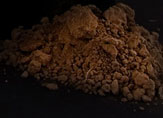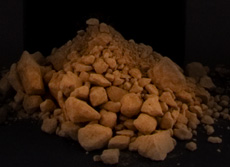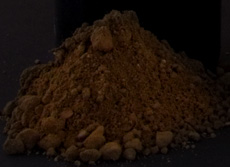Formed through the millenia ~ great viticultural regions throughout the world consist of loam soils and Sonoma County is no exception. Within the loam family of soils is an array of classifications, or “series,” identified and cataloged by four distinctive features: composition, depth, slope, and geographic location.
While we don’t pretend that soil alone makes great wine, it is the most important aspect of the concept of terrior— governing factors that influence the way a vine grows, including permeability, water retention, available nutrients, drainage, and sun exposure.
In our relentless pursuit of quality, we have isolated three distinct series of loam soils that produce exceptional Cabernet Sauvignon: POSITAS, SUTHER, and CLOUGH.
 POSITAS ~
POSITAS ~ Formed in alluvial material from mixed rock sources, Positas is a gravely to extremely gravely loam. Generally found on stream terraces, the typical vineyard is between 200 and 800 ft in elevation, moderately sloped, and fairly well drained. Having deeper soils, there is more nutrients available to the vines. The resulting Positas single soil wine is exemplified by dark fruit characteristics, opulent richness, sweeping tannins, and a persistent finish.
 SUTHER ~
SUTHER ~ A fine soil of mixed origin, Suther soils occur on side slopes of mountains and are underlain by sandstone and shale. The typical vineyard planted in this soil is located between 500-2000 feet in elevation with abrupt slopes. The average soil depth is little more than 12-24 inches before encountering shattered sandstone. A product of its surroundings, our Suther single soil wine is characterized by high elevation, extreme slope, shallow soils, and exceptional drainage.
 CLOUGH ~
CLOUGH ~ Layered in quartz and chert and formed by creeks and springs, Clough soil is a premeable gravelly loam found on old terraces within elevations ranging from 200-1,000 ft. Wines from Clough embody this sedimentary metamorphosis.